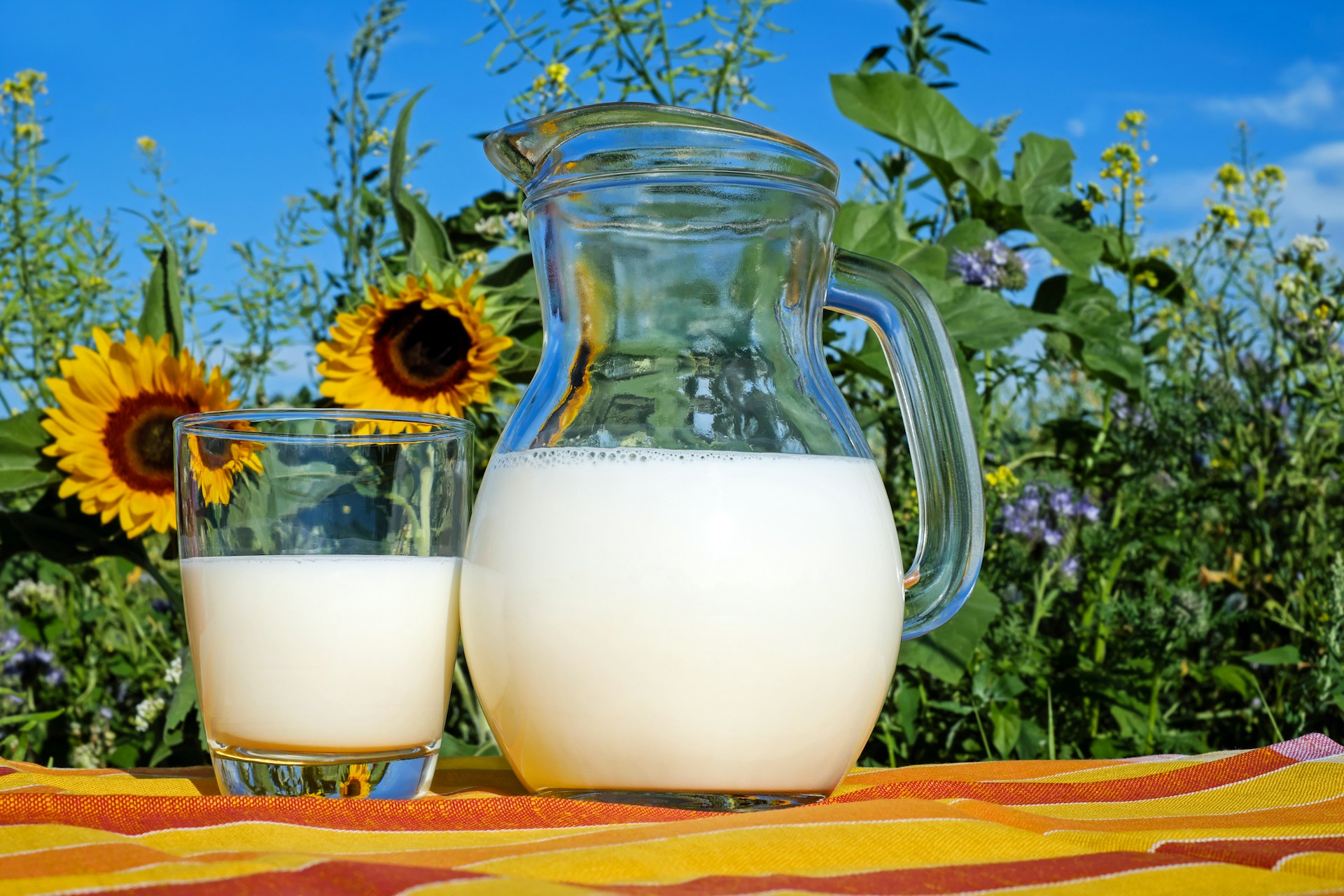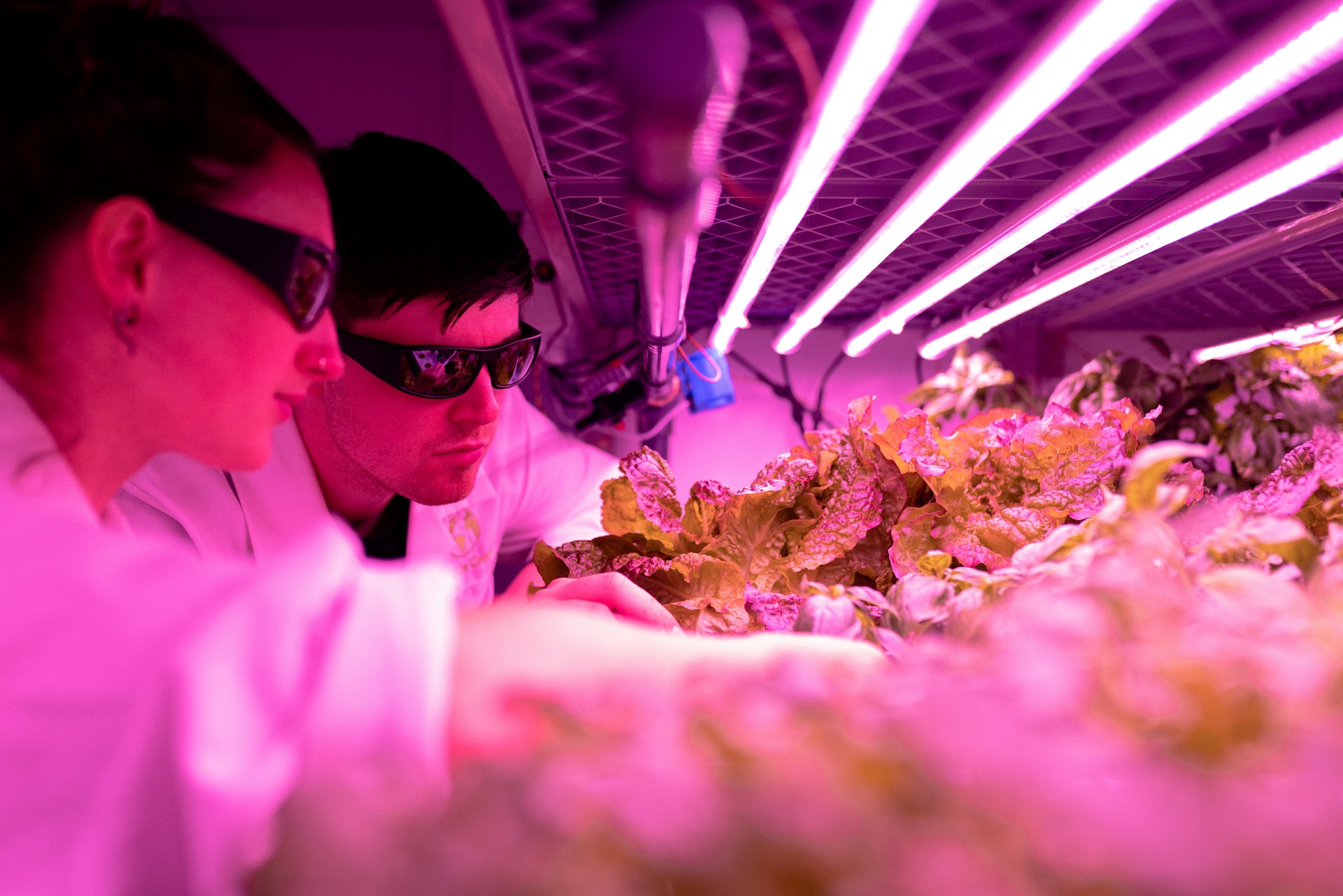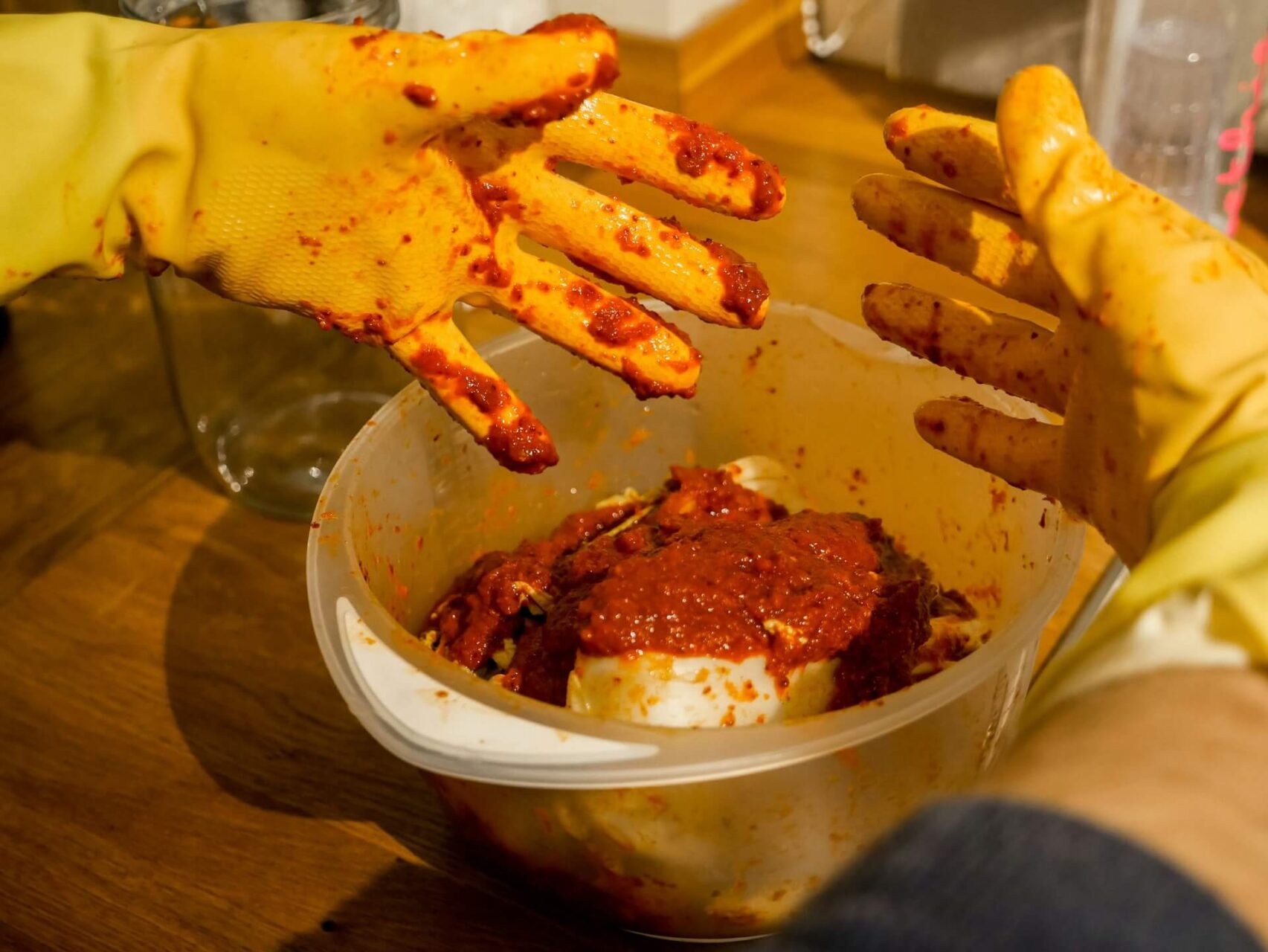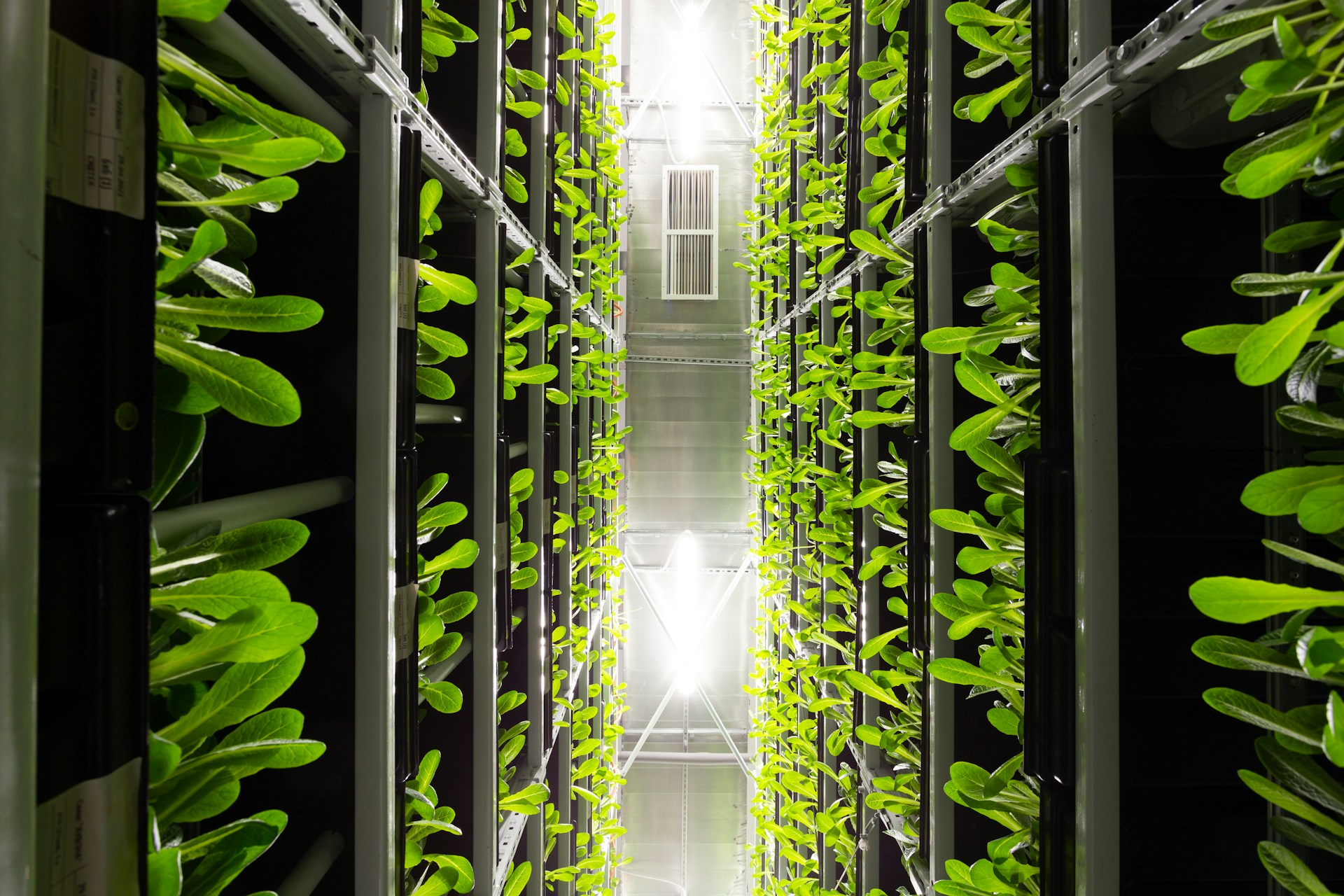
Lab-Grown Meat: Science, Progress and Commercialization
July 18, 2024 - Ellie Gabel
Revolutionized is reader-supported. When you buy through links on our site, we may earn an affiliate commission. Learn more here.
Dietary trends are all the rage, and scientists are catching on. However, they are driven by more than social media buzzwords to respond to people worrying about their meat consumption. Raising animals to slaughter has contentious discourse surrounding it, from its environmental impact to moral and ethical quandaries. Lab-grown meat could be the answer to satiate people’s desire to leave meat as a dietary staple with none of the ramifications and guilt. Does it provide all these answers?
What Is Lab-Grown Meat?
Meat as society knows it comes from ranchers raising chickens, cattle and the like for processing. The lives of these animals have one explicit purpose — feeding people. This has led many to alternative diets, such as vegetarianism and veganism, replacing these protein sources with plant-based options like soy.
Many people who make this switch do so because plant-based options have a significantly lower carbon footprint, and eating tofu doesn’t advocate for harming animals. What if you could eat meat while setting animals free from a future of slaughter? Lab-grown meat could be the solution for people to continue eating meat with a clear conscience.
Lab-grown meat is cultivated in a lab using ethically acquired animal stem cells in muscle tissues. Advanced technologies, like bioreactors, encourage cell growth in vitro. After supplementing it with carbs and amino acids and harvesting proteins, scientists could craft and texture a steak without pumping an animal full of hormones and using unjust means to kill it. Ultimately, lab-grown meat is still real meat because it contains genuine animal ingredients.
Why Are Humans Doing This?
Ranching is one of the most environmentally destructive sectors on the planet for several reasons. First, animals and their food require a lot of land when much of the world suffers from food insecurity. It is faster, cheaper and more ethical to grow crops, but cultural importance of meat products monopolizes the land. Additionally, the methane and carbon emissions related to production are obscene.
These stats will reveal how many resources and greenhouse gas emissions are directly linked to the meat industry:
- Animal agriculture produces at least 16.5% of global greenhouse gases.
- Around 92.2 billion land animals are kept, farmed and killed annually.
- Beef from a beef herd makes 99.48 kilograms of greenhouse gas emissions per kilogram, whereas tofu makes 3.16 kilograms.
- An estimated 576 chickens must die to produce one ton of meat, which makes 57 tons of carbon dioxide equivalents. Only three beef cows must die to produce one ton, but this makes 499 tons of carbon dioxide equivalents.
- 80% of agricultural land is for grazing land and growing animal feed.
Is Lab-Grown Meat Available?
The first lab-grown hamburger ready to consume was created and ate in 2013. The lab-grown prototype was only 20% lab-grown meat, blended with other plant-based materials. This feat of engineering cost a total of $330,000 to make. Ever since, Singapore became the first nation to legalize the sale of lab-grown meat in 2020, which is the first country to put it on shelves.
A store in Singapore is selling lab-grown meat, being the first to do so in the world. Some restaurants have served it, but it has never been ready for consumers. However, this case is unique, because the meat in question only contains 3% animal products. Many wonder if this will be the expectation or if this even qualifies of what people desired lab-grown meat to be.
It’s like this will be the standard until the price of lab-grown meat decreases. It is prohibitively expensive to include more animal cells, making it not viable for the market. The price of meat alternatives and substitutes waxes and wanes, so this won’t help regulate costs for customers. Inclusion of higher cell ratios is still only seen in labs until investors up the ante or interest become more publicized.
Meanwhile, the U.S. has a lot more trust issues with lab-grown meat. It isn’t even on sale yet, and many states have already banned it. Two startups, Good Meat and Upside Foods, were allowed to make lab-grown chicken in 2023, but momentum swiftly faded. Most motivation is to protect workers in the meat industry and farmers, but others are confused as to why this is happening before it has a fair shot at changing the food industry.
However, researchers in Massachusetts at Tufts University are exploring “cellular agriculture” in greater depth. Their goal is to produce market-viable meat while debunking societal myths that lab-grown meat is strange or unsafe to consume. They also want to prove that opening up this entirely new industry would create green jobs for many people.
What Impacts Will Lab-Grown Meat Have on Diets and the Planet?
It’s important to note many diets are established by a lack of consumption of animal products. Therefore, lab-grown meat would not be vegan or vegetarian. However, people who abstain from meat because of ethical implications, such as many religious sects, would have to question if cultured meat is acceptable for consumption. This could instigate a culture shift in how people view the morality of diets.
Additionally, protein is a difficult dietary source for many. Citizens of coastal nations know how essential fish are, and with overfishing and other aquatic ecosystem concerns, a lack of fish protein could threaten diets in countless communities. Lab-grown meats could change diets and culture by providing several other avenues of protein that do not rely on external factors like animal reproduction potential amid climate change.
However, if lab-grown meat becomes more commonplace, the carbon impact would be extraordinary. Lab-grown beef:
- Uses 45% less energy.
- Requires 99% less land.
- Makes 96% fewer greenhouse gas emissions.
Cultivating Protein
The future of lab-grown meat is hard to predict when it isn’t a purely scientific issue. Food is personal and sacred to many, weaving countless intricacies into potential legislation and funding. Acceptance will be inconsistent throughout the world, but the only responsibility knowledge-seekers have is to try their best to uncover the secrets of this unexplored world to see how it could help the planet.
Revolutionized is reader-supported. When you buy through links on our site, we may earn an affiliate commission. Learn more here.
Author
Ellie Gabel
Ellie Gabel is a science writer specializing in astronomy and environmental science and is the Associate Editor of Revolutionized. Ellie's love of science stems from reading Richard Dawkins books and her favorite science magazines as a child, where she fell in love with the experiments included in each edition.






